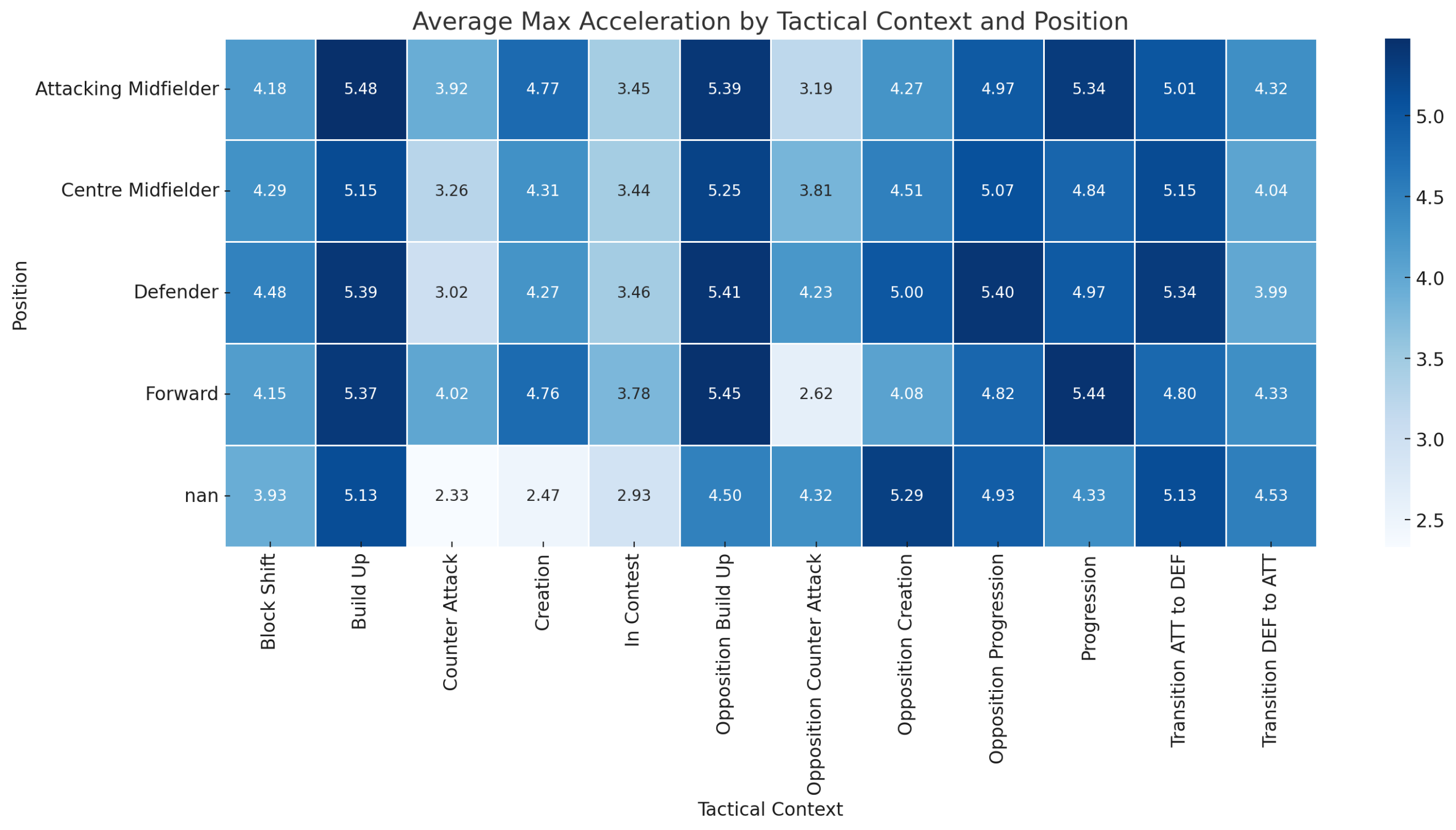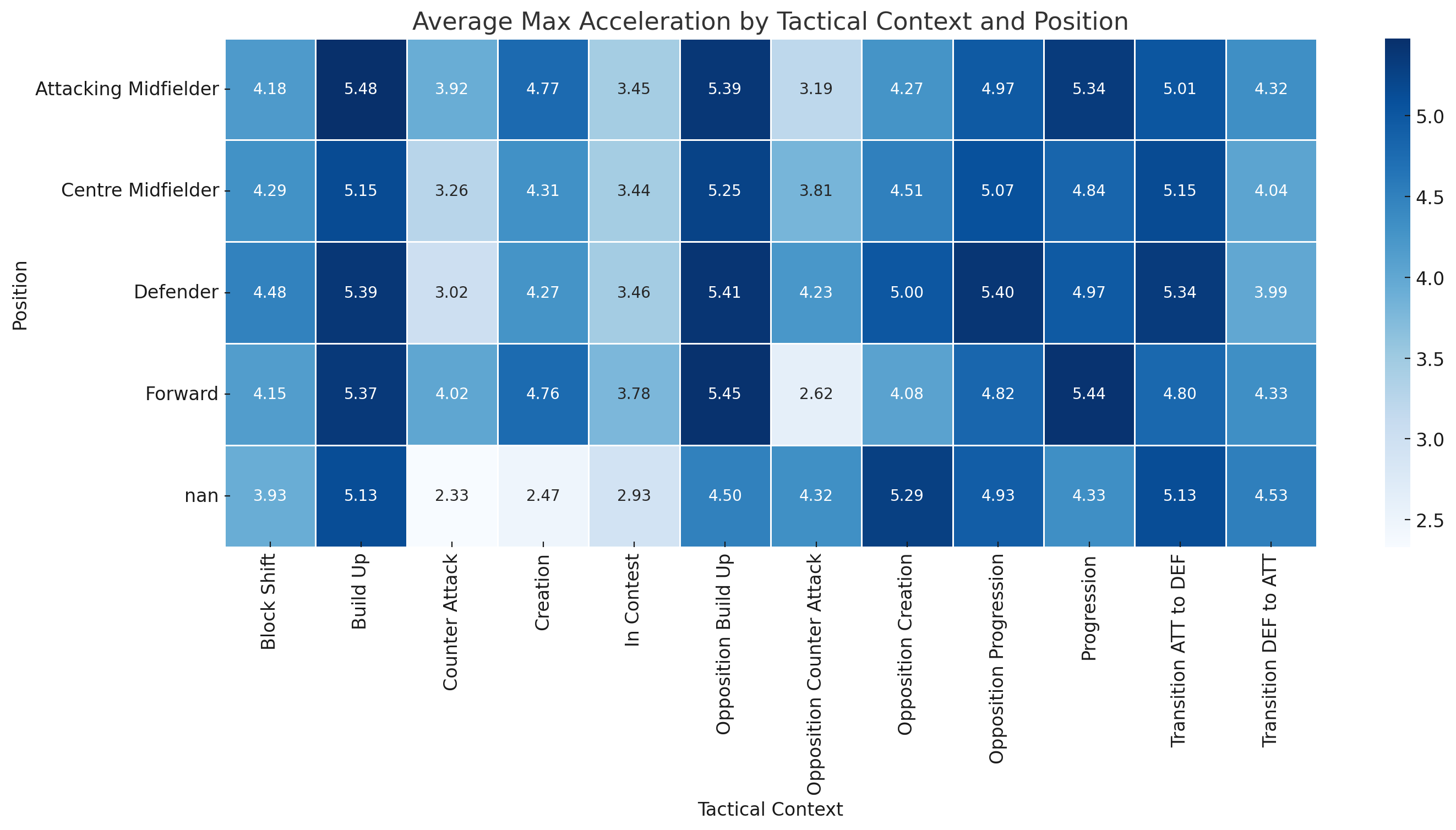
18 Mar GPS vs Optical Tracking in Football: Which Measures Max Accelerations More Accurately? A Deep Dive into LALIGA EA Sports 2024/25 Data
Football coaching teams, especially fitness coaches, constantly face the challenge of comparing physical loads measured in training sessions (with GPS devices) against those recorded during matches through optical tracking (TRACAB Gen5 + Mediacoach). A recent study, conducted in collaboration with researchers from Universidad Rey Juan Carlos, Universidad Miguel Hernández de Elche, and Elche CF, sheds light on this issue.
Key Findings of the Study:
- High Agreement but Not Identical:
- The optical tracking system (camera-based) shows high precision, particularly in moderate max accelerations (2-4 m/s²).
- However, it slightly underestimates total max accelerations compared to GPS, indicating the actual load might be higher.
- Caution with Explosive Actions (>4 m/s²):
- For very explosive max acceleration or hard deceleration actions, GPS provides more reliable data. Therefore, GPS remains recommended for high-intensity specific training sessions.
Access the full research paper here: https://doi.org/10.3390/s25061804
Practical Insights from LALIGA EA Sports 2024/25 (up to Matchday 28):
At LALIGA’s Football Intelligence & Performance department, we analyzed actual player data. These are the key findings:
Positions with Highest Average Max Accelerations:
- Defenders: 4.58 m/s²
- Attacking Midfielders: 4.52 m/s²
- Forwards: 4.47 m/s²
- Centre Midfielders: 4.43 m/s²
Most Demanding Tactical Contexts (Highest Average Max Accelerations):
- Opposition Build Up: 5.38 m/s²
- Build Up (own): 5.36 m/s²
- Transition Attack to Defense: 5.13 m/s²
Tactical Context and Playing Position Heatmap Analysis:

We’ve created a detailed visualization (available separately) showing the relationship between tactical contexts and player positions regarding average max accelerations. This analysis clearly reveals:
- Defenders typically reach their highest accelerations during the opposition’s organized build-up, emphasizing their intense defensive responsibility.
- Forwards and attacking midfielders exhibit top accelerations predominantly in progression and creative phases, highlighting their roles in breaking defensive lines and generating goal-scoring opportunities.
This insight allows coaches to precisely tailor training loads according to each player’s most frequent and demanding tactical scenarios.
Top 3 Players by Position in Average Max Accelerations (up to Matchday 28):
Attacking Midfielders:
- Antony (Real Betis): 5.60 m/s²
- Raphinha (FC Barcelona): 5.49 m/s²
- Álvaro (Rayo Vallecano): 5.45 m/s²
Centre Midfielders:
- Neyou (CD Leganés): 5.32 m/s²
- Aimar (CA Osasuna): 5.06 m/s²
- Sucic (Real Sociedad): 5.04 m/s²
Defenders:
- L Rosa (Real Valladolid CF): 5.47 m/s²
- Pep Chavarría (Rayo Vallecano): 5.34 m/s²
- J Mojica (RCD Mallorca): 5.32 m/s²
Forwards:
- Vini Jr (Real Madrid): 5.20 m/s²
- Abel Ruiz (Girona FC): 5.08 m/s²
- Fabio Silva (UD Las Palmas): 5.08 m/s²
How to Apply These Insights to Your Team:
- Utilize GPS for targeted training sessions, particularly in highly intense actions.
- During matches, optical tracking is practical, comfortable, and sufficiently reliable.
- Slightly adjust your expectations when comparing data from both systems, following the study’s guidelines.
Acknowledgements:
This study was made possible thanks to the support and collaboration of leading technology companies: Sportian, Tracab, WIMU, and Footovision.
With this data, you can more effectively optimize your players’ physical loads and fine-tune your competitive strategies scientifically.


